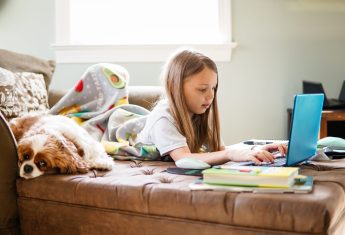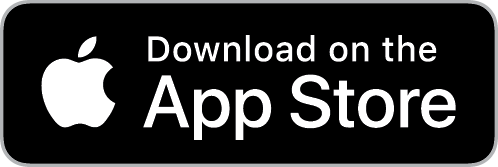Primary 1 - Early Level Numeracy
Online Numeracy Lessons for Primary 1 Students in Scotland
The Place Value two-digit numbers lessons teach pupils to understand the value of units in a digit number and the value of tens in a two-digit number. They learn to explain the value of how many units and the value of how many tens.
Missing numbers in a sequence teaches how to complete missing numbers in a sequence up to 100 and to state what comes before or after a number up to 100.
Addition and subtraction lessons start with the addition of two-digit numbers. Pupils learn to add two-digit numbers and move on to learn addition of two-digit numbers with regrouping. We teach them subtraction up to 20 and move on to subtraction of two-digit numbers.
Multiplication and division lessons start with multiplication by 2 and 3 where we teach how to multiply by 2 and by 3.
Pupils learn division by equal sharing and will be able to share equally and use the division sign. We introduce fractions, teaching pupils to understand what a fraction is. We explain equivalent fractions for ½ and ¼. Pupils will recognise equivalent fractions for ½ and ¼.
Money lessons continue with money values to 20p. We teach pupils to be able to exchange other coins to the value of up to 20p and to be able to add up to 20p.
We teach pupils to be able to exchange other coins to the value of up to 50p.
They learn to count coins to £1.
Time lessons begin by teaching to read o'clock times and to read half-past times.
We teach how to read quarter-to times and quarter-past times.
We teach how to understand that there are 24 hours in a day and to understand that there are 7 days in a week.
We teach that there are 52 weeks in a year, that there are 12 months in a years and that there are 365 days in a year.
They learn to order days of the week and how many days in a week, a month and a year.
Measurement lessons begin with learning to use longer, shorter, taller language to compare lengths. Pupils learn to put items in the correct order by size.
Pupils learn how to measure with non-standards units, such as feet or hands.
We introduce shapes, teaching how to name 2D shapes and to recognise the properties of 2D shapes, using associate language (circle, square, triangle, rectangle, pentagon, hexagon).
We move to 3D shapes, teaching pupils to name 3D shapes and to recognise real-life 3D shapes (cone, cube, sphere, cuboid, pyramid).
We teach how to describe an angle and to identify a right angle.
We teach how to identify an acute angle and to identify an obtuse angle.
Pupils learn symmetry, to identify a line of symmetry and create symmetry.
We teach information handling, introducing pictograms and bar graphs. Pupils learn to read a pictogram and to read a bar graph.


"It's bright and colourful, easy to read, and extremely easy to use unlike most textbooks or online learning websites" Daisy, S3 PupilSign Up & Learn Today

